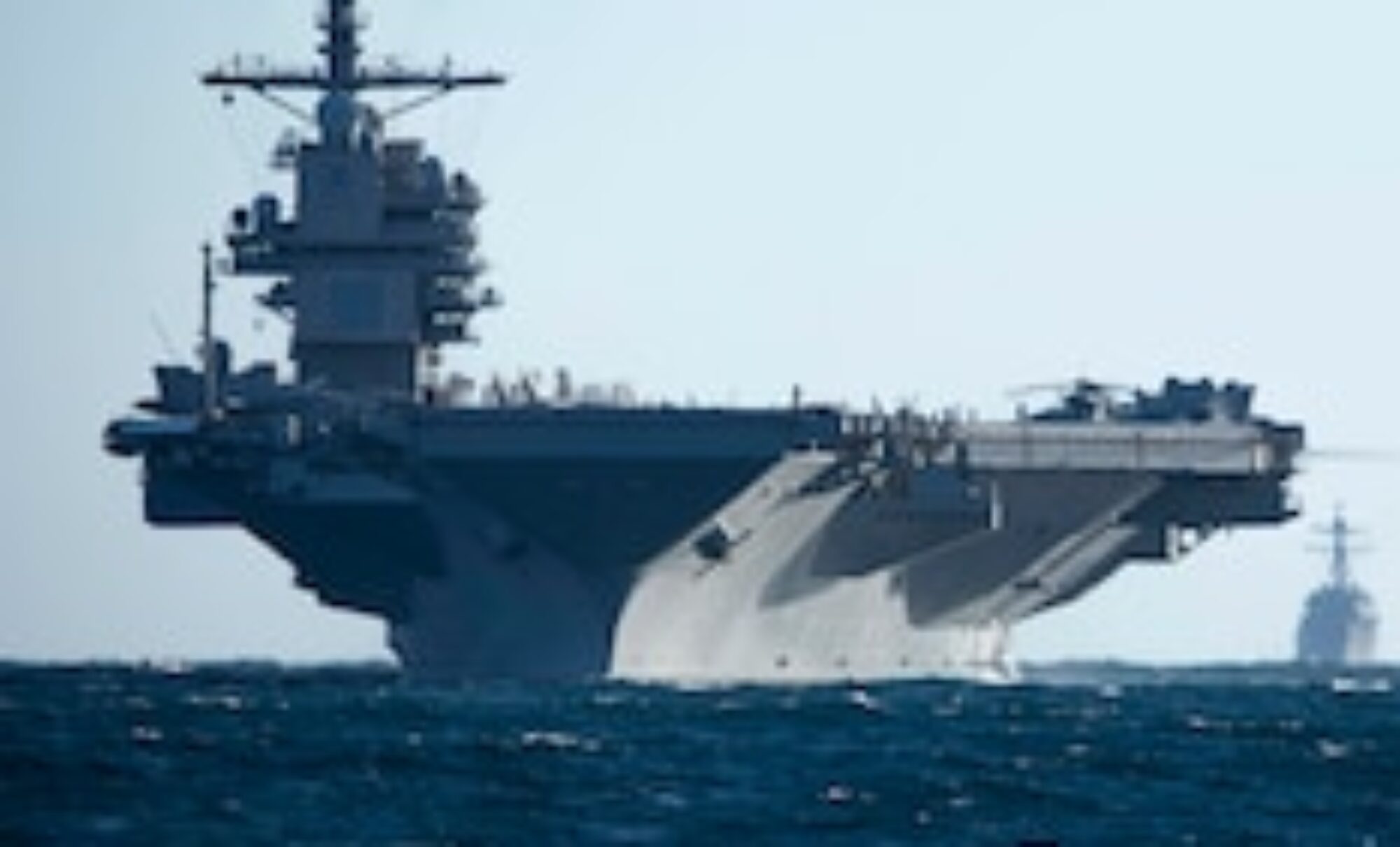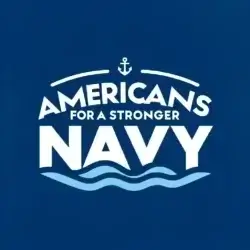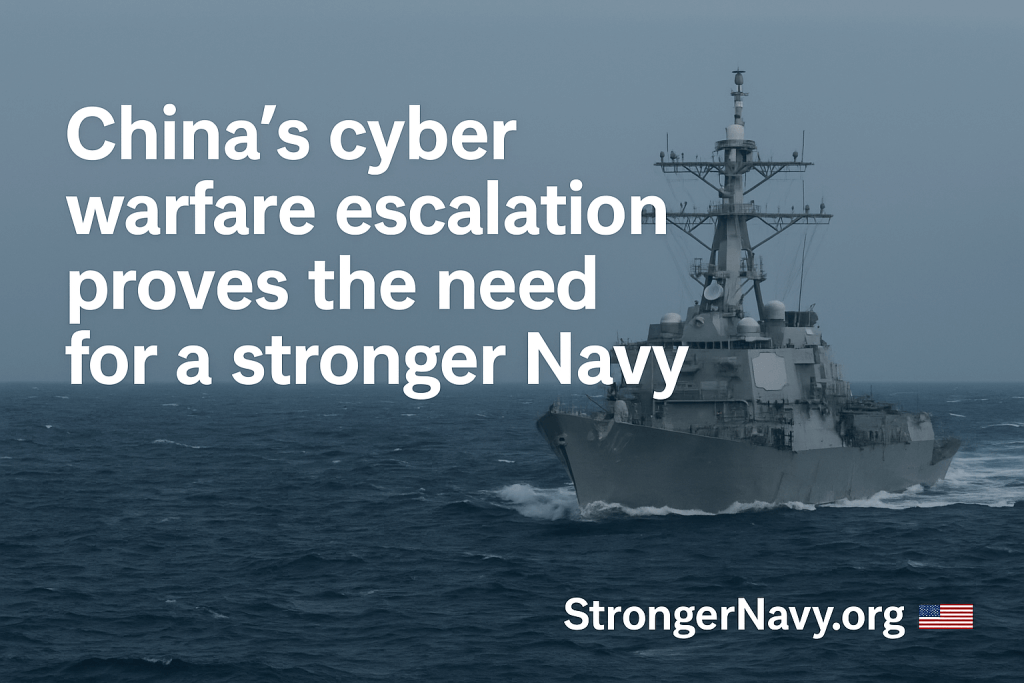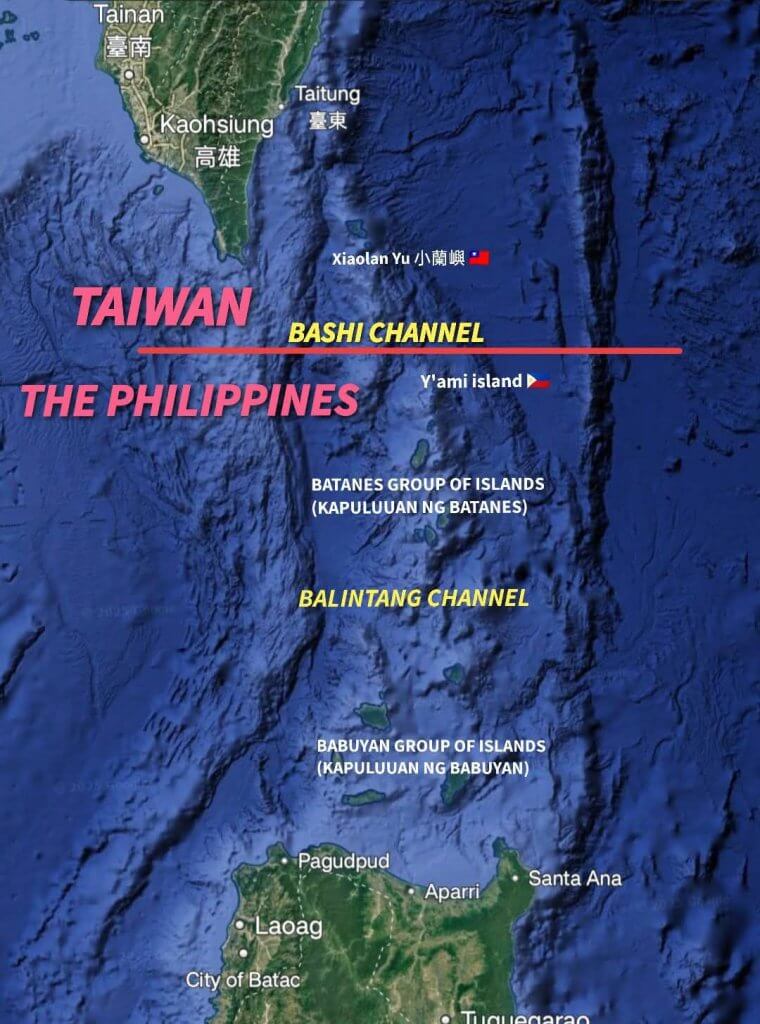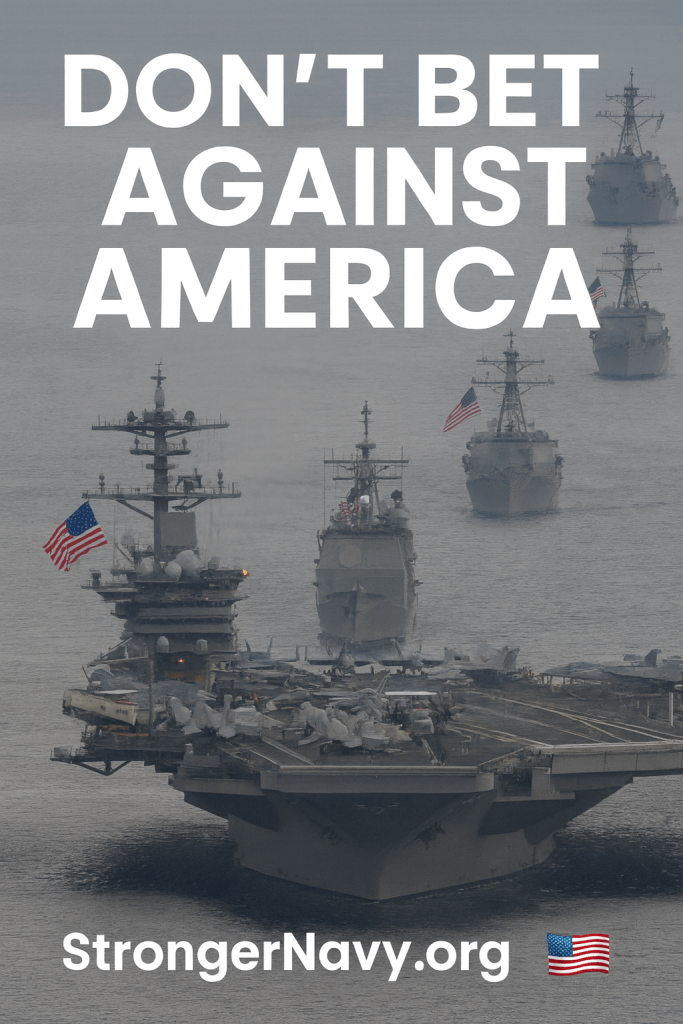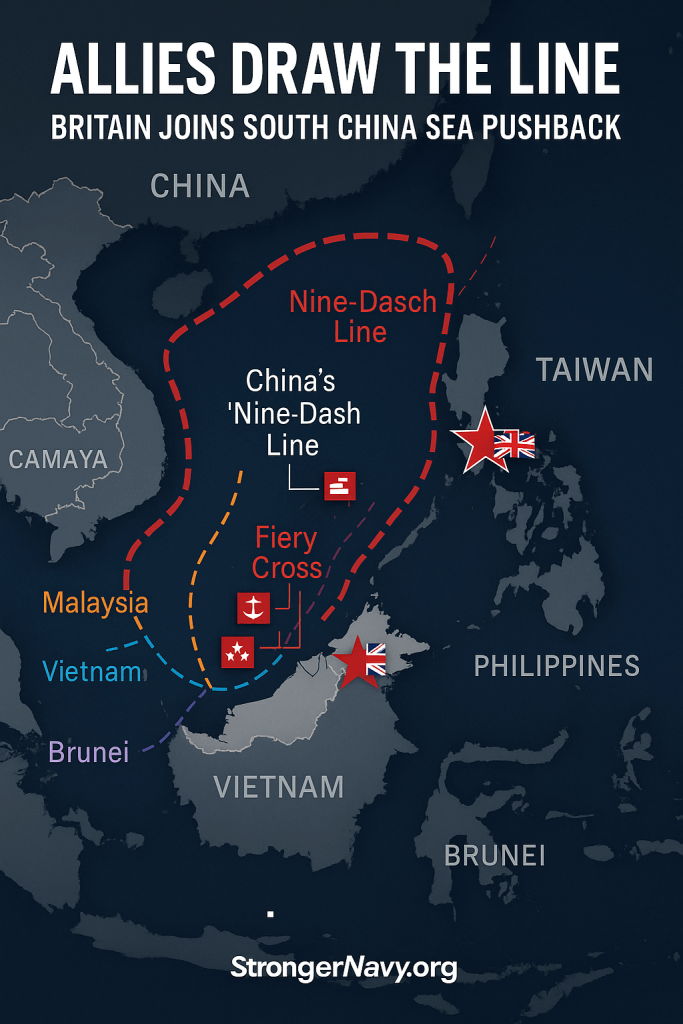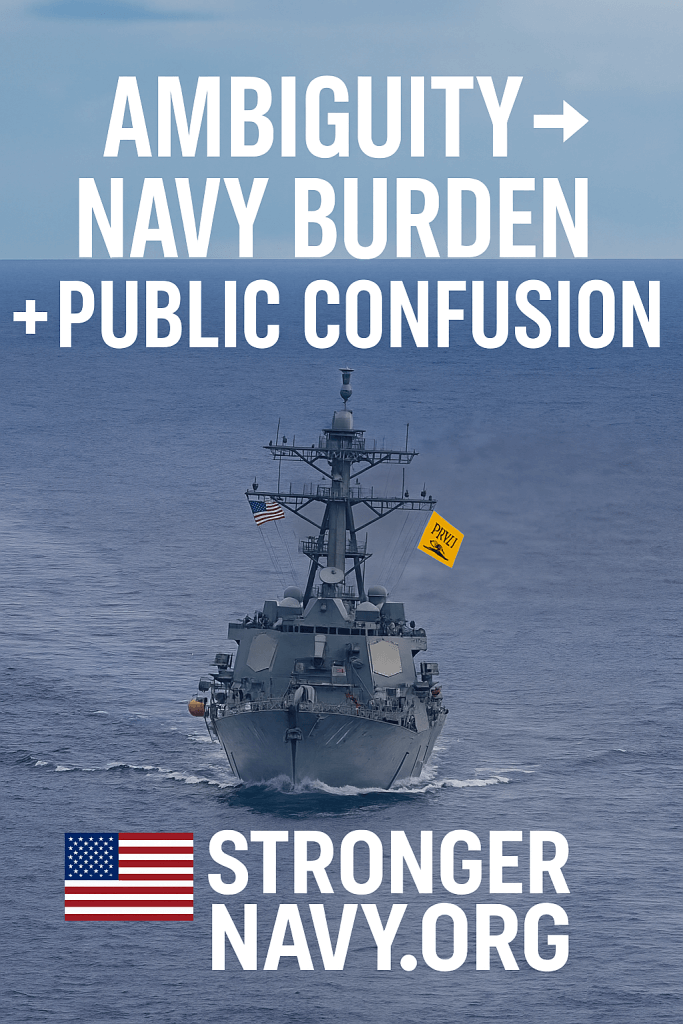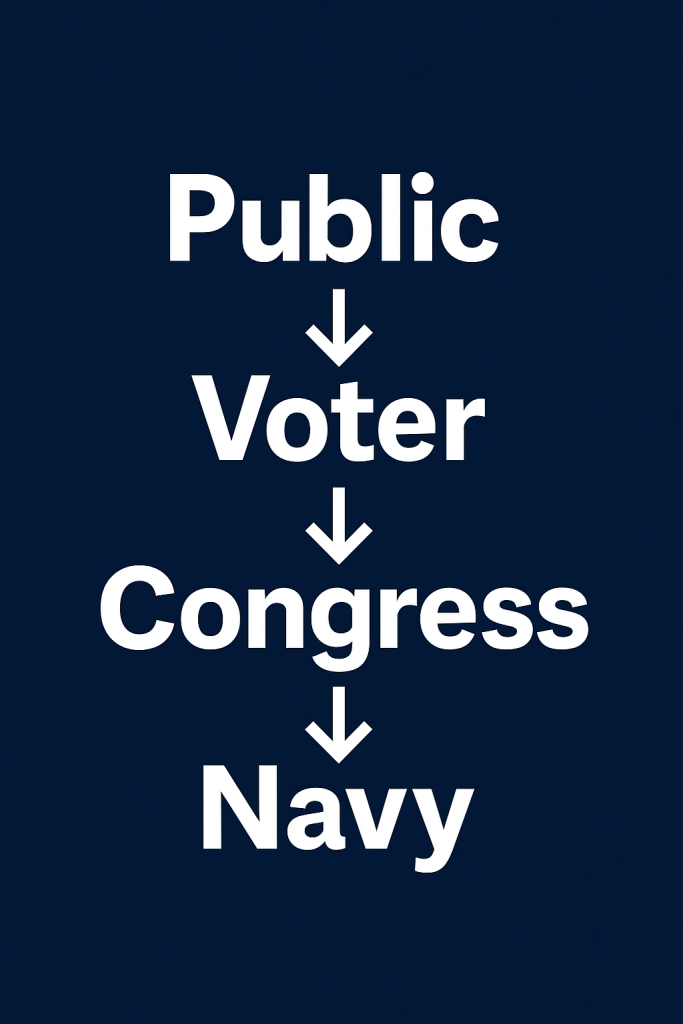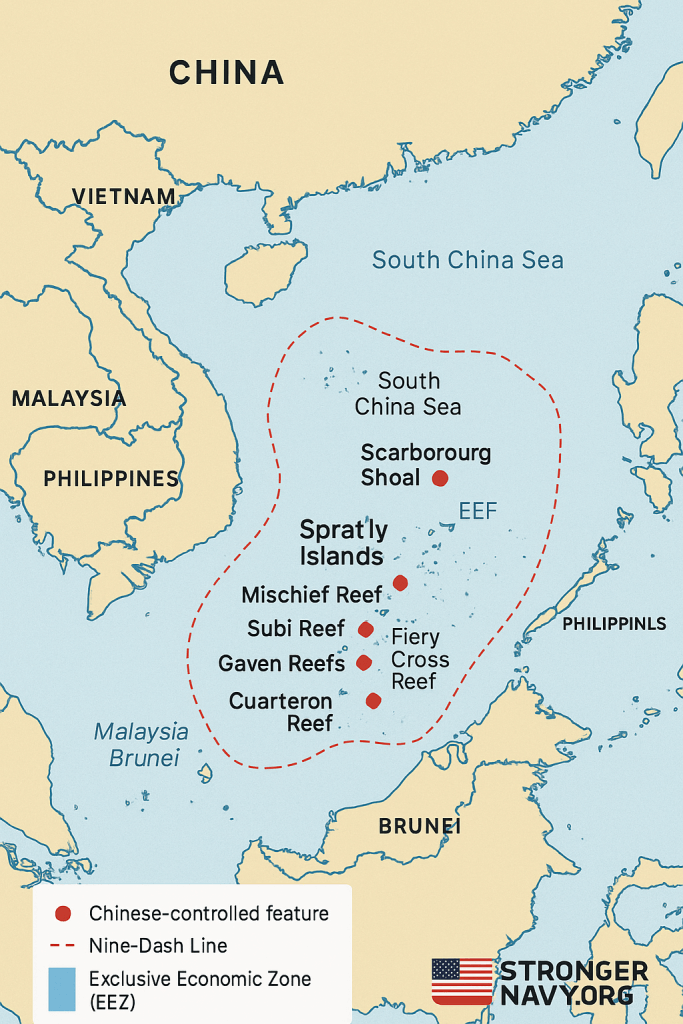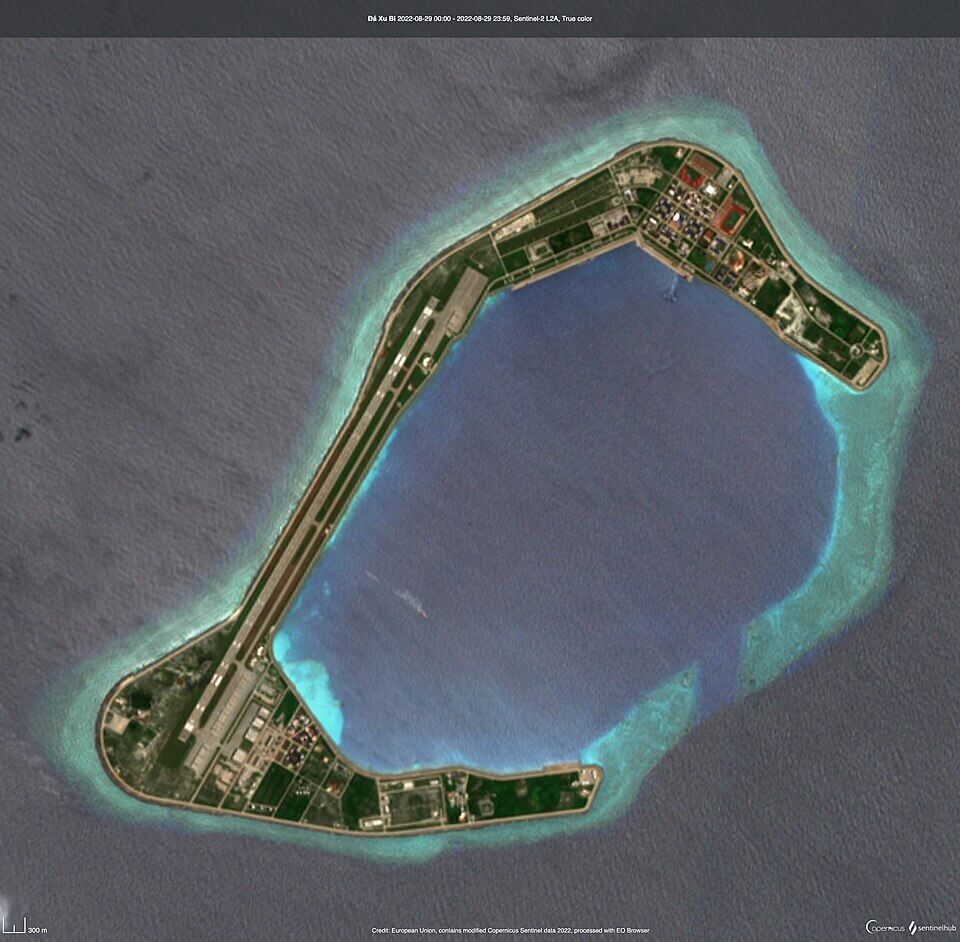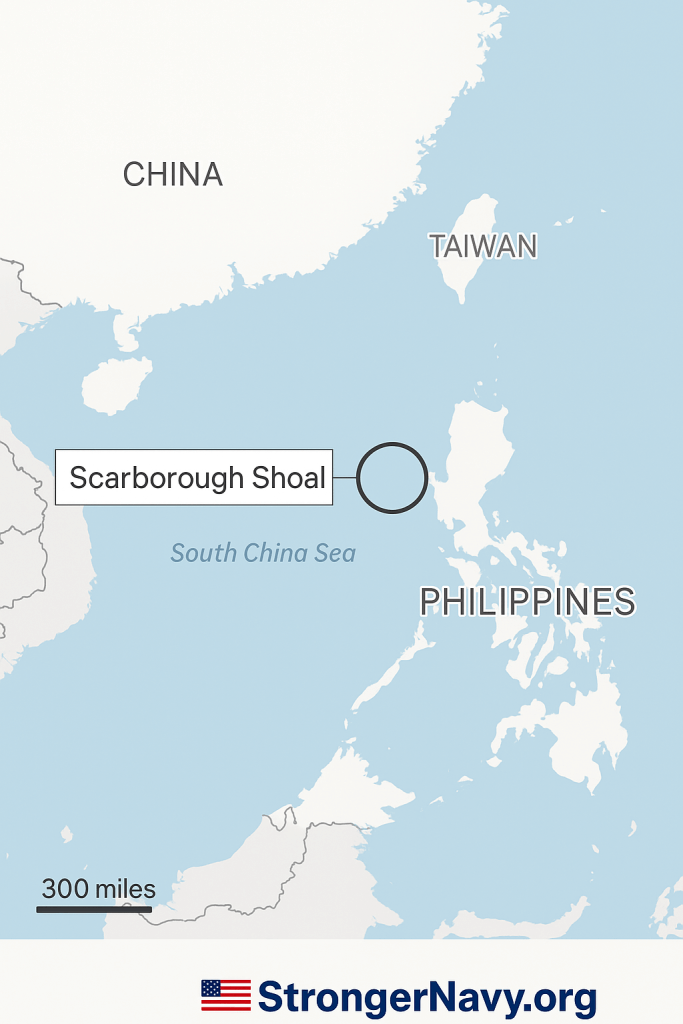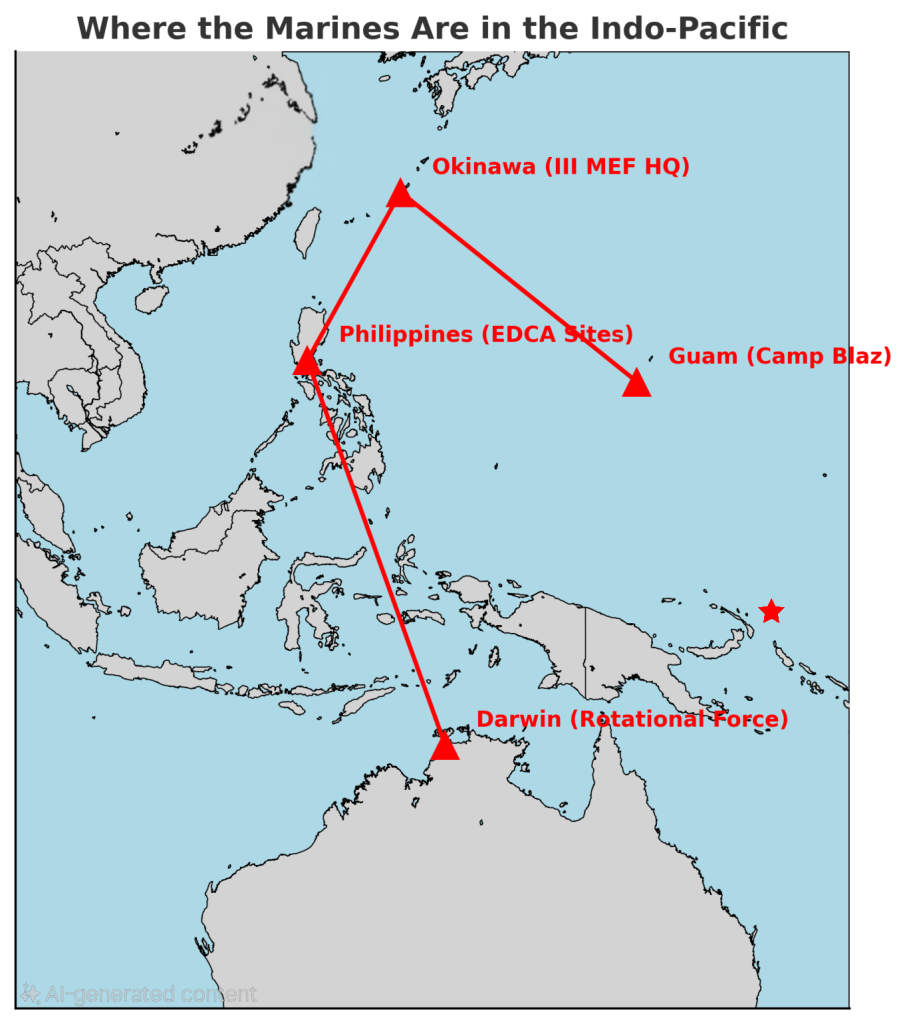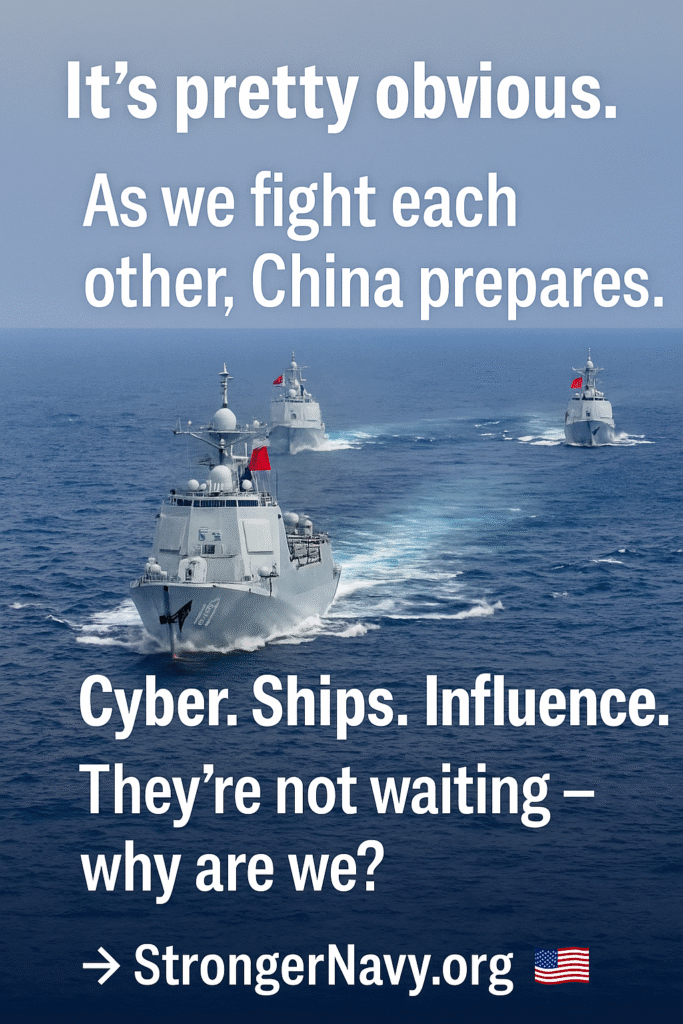

Introduction
China set 2027 as their military readiness target – that’s 18 months away. Let me tell you something Americans need to hear, even if it makes you uncomfortable: China is laughing out loud and I can hear it from here, and they’re squeezing harder every day.
I’m not being dramatic. I’m being honest. As a former Navy sailor who spent his civilian career in telecom and web technologies, I understand both the military realities and the technological dependencies that have put us in this position. After two years of research—cross-checking military testimony, intelligence reports, and independent defense analyses—I can tell you we’re running out of time to fix this mess.
The Brutal Truth About 2027
China has set a goal to be militarily ready for war with the United States by 2027. That’s not some distant threat—that’s 18 months away. While we’ve been arguing about what he said and she said etc, they’ve been building the world’s largest navy and positioning themselves to strangle us economically, electronically and militarily.
Here’s what keeps me up at night: they don’t need to sink our ships to defeat us. They can just stop selling us the parts to build new ones.
How China is putting on the squeeze
They Control What We Need to Fight
Rare earth minerals for our missile guidance systems? China controls 80% of global processing.
Semiconductors for our weapons platforms? We outsourced that to Asia decades ago.
Critical components for naval systems? Good luck building ships without Chinese suppliers.
They Own Our Information Flow
TikTok shapes what our kids think about America and China
They manufacture the phones and devices we use to communicate
Their algorithms determine what information Americans see about military threats
They Hold Our Economy Hostage
Wall Street pension funds are invested in Chinese markets
Silicon Valley’s revenue depends on Chinese manufacturing and consumers
Our entire supply chain runs through Chinese factories
The Kicker? The same Silicon Valley companies that handed China our technological advantages now control how Americans get information. Try posting about Chinese military threats on Facebook—watch your reach get throttled. Discuss naval readiness on social media—suddenly you’re “violating community standards.”
They don’t just have us by the blank—they’re controlling the conversation about it.
Don’t Take My Word For It — Listen to the Experts
Over the past 24 months, Americans for a Stronger Navy has been mapping a story few citizens have ever been shown: how China’s campaign against the United States unfolded, who knew what and when, and what it will take to pull back from the brink. We didn’t start with opinions — we started with evidence. Here’s what the experts have been saying for years, and how their warnings fit together.
Strategic Intent and Military Buildup
Admiral James Lyons Jr., former commander of the Pacific Fleet, went on Fox News in 2013 and said what few in Washington wanted to hear: “We’re in our second Cold War with another communist totalitarian regime.” He warned that China has “built the navy specifically to go against the United States Navy” and that their anti-ship ballistic missiles are “not geared to go against the Bangladesh navy.” When a fleet commander speaks that bluntly on national television, that’s not politics — that’s professional judgment.
Brigadier General Douglas P. Wickert has shown how far that judgment has proven correct. In the Gobi Desert, China has built full-scale mock-ups of Taiwan’s Taichung International Airport and a “one-for-one silhouette of the Ford-class aircraft carrier” for target practice. They are not hiding their intentions. They are practicing to sink our ships and invade our allies.
The scale of China’s buildup is staggering: “They have 230 times the shipbuilding capacity of the United States in terms of shipyard infrastructure and potential output.. “Just one shipyard in China last year alone, in 2024, built more tonnage of ships than the U.S. did since the end of World War II.” One shipyard outproduced our entire nation’s post-WWII shipbuilding in a single year.
👉 Subscribe and Follow Along
This is just Part 1 of a three-part series. In Part 2: Political Warfare and the Silent Invasion, I’ll break down how China’s campaign has already reached into our own institutions — through espionage, influence operations, and economic coercion.
Key Takeaway: The fight isn’t just “over there.” It’s already here, shaping what Americans see, hear, and believe.
Don’t miss it — subscribe and follow the series at StrongerNavy.org.
